Table of content
Chinese cabbage, known as Napa cabbage in many parts of the world, is a staple in Asian cuisine. While its tender leaves are often the star of dishes like kimchi or stir-fries, the crunchy, mild-flavored stalks—often overlooked—deserve a spotlight. These sturdy, ivory-colored stems are not only nutritious but also incredibly versatile. With the right techniques, they can be transformed into crispy, flavorful additions to meals or stand alone as a satisfying dish. This article explores creative ways to elevate Chinese cabbage stalks, from quick stir-fries to comforting soups, ensuring you never waste this underrated ingredient again.
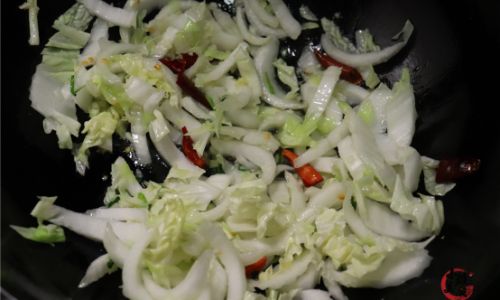
The Nutritional Powerhouse of Cabbage Stalks
Before diving into recipes, it’s worth highlighting why cabbage stalks are worth cooking. Rich in fiber, vitamins C and K, and antioxidants, they offer a low-calorie, nutrient-dense base for meals. The stalks also contain compounds like sulforaphane, linked to anti-inflammatory and detoxifying benefits. Unlike the leaves, which wilt quickly, the stalks retain their crunch even after cooking, adding a satisfying texture to dishes.
Preparation 101: Cleaning and Cutting
The key to delicious cabbage stalks starts with proper preparation:
- Trimming: Remove any wilted or discolored outer layers. Slice off the root end.
- Separating Leaves and Stalks: Gently pull apart the leaves to isolate the stalks. Rinse thoroughly under cold water to remove dirt.
- Slicing Techniques:
- Julienne: Cut stalks into thin, matchstick-like strips for stir-fries or salads.
- Diagonal Slices: Angle your knife to create oval-shaped pieces, ideal for soups or braises.
- Thick Slabs: For grilling or roasting, slice stalks into ½-inch thick planks.
Cooking Methods to Maximize Flavor and Texture
Stir-Frying: Speed and Crispness
Stir-frying is the quickest way to highlight the stalks’ natural crunch. The high heat caramelizes their sugars while preserving their texture.
Technique:
- Heat a wok or skillet over high heat until smoking.
- Add oil (sesame, peanut, or avocado work best).
- Toss in minced garlic, ginger, or dried chili flakes for aromatics.
- Add cabbage stalks and stir vigorously. Avoid overcrowding the pan to prevent steaming.
- Season with soy sauce, oyster sauce, or a splash of rice vinegar.
- Finish with a drizzle of sesame oil or a sprinkle of toasted sesame seeds.
Pro Tip: For extra flavor, add a pinch of sugar or a splash of mirin during cooking.
Braising: Melting Tenderness
Braising transforms stalks into tender, silky morsels infused with rich flavors.
Technique:
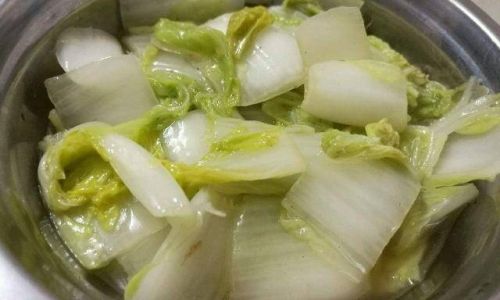
- Sauté aromatics (onion, garlic, shallots) in a pot until golden.
- Add cabbage stalks and toss to coat.
- Pour in broth (vegetable, chicken, or bone) or a mixture of soy sauce, sake, and water.
- Simmer gently for 15–20 minutes until the stalks are tender but not mushy.
- Thicken the sauce with a cornstarch slurry if desired.
Flavor Pairings: Miso, gochujang, or fermented black beans add depth.
Pickling: Tangy Zing
Quick-pickled cabbage stalks are a refreshing condiment or side dish.
Technique:
- Slice stalks thinly and pack into a jar.
- In a saucepan, combine equal parts vinegar (rice vinegar or apple cider) and water.
- Add sugar, salt, and optional flavorings (peppercorns, bay leaves, or mustard seeds).
- Bring to a boil, then pour over the cabbage.
- Let cool, then refrigerate for at least 2 hours.
Variation: For a spicy kick, add sliced jalapeños or a dash of red pepper flakes.
Soups and Stews: Hearty Warmth
Cabbage stalks add body and sweetness to broths and stews.
Technique:
- In a soup pot, sauté garlic, ginger, and onions until fragrant.
- Add sliced stalks and stir briefly.
- Pour in broth (chicken, mushroom, or miso) and simmer until tender.
- Enhance with miso paste, tofu, mushrooms, or thinly sliced meat.
Pro Tip: For a clear broth, avoid overcooking; for a richer flavor, let the soup reduce slowly.
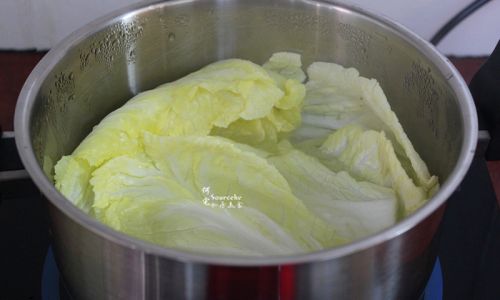
Grilling or Roasting: Charred Goodness
Grilled cabbage stalks develop a smoky sweetness that pairs well with grilled proteins.
Technique:
- Brush stalks with olive oil and season with salt, pepper, and smoked paprika.
- Grill over medium-high heat until charred (3–4 minutes per side).
- Serve with a squeeze of lemon or a drizzle of balsamic glaze.
Alternative: Roast in a 400°F (200°C) oven for 20–25 minutes, tossing halfway.
Creative Recipes to Try
Spicy Stir-Fried Cabbage Stalks with Garlic and Vinegar
Ingredients:
- 4 cups sliced cabbage stalks
- 3 garlic cloves, minced
- 1 red chili, sliced
- 2 tbsp soy sauce
- 1 tbsp rice vinegar
- 1 tsp sugar
- 1 tbsp oil
Instructions:
- Heat oil in a wok. Add garlic and chili; stir-fry 30 seconds.
- Toss in cabbage stalks. Stir-fry 2–3 minutes until slightly wilted.
- Add soy sauce, vinegar, and sugar. Toss to coat.
- Serve hot with steamed rice.
Cabbage Stalk and Pork Soup
Ingredients:
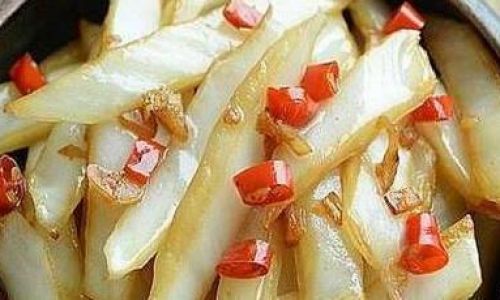
- 6 cups chicken broth
- 1 cup sliced cabbage stalks
- ½ lb ground pork
- 2 tbsp miso paste
- 4 green onions, sliced
- 1 tbsp grated ginger
Instructions:
- Brown pork in a pot; drain excess fat.
- Add ginger and stir 1 minute.
- Pour in broth and miso; simmer 10 minutes.
- Add cabbage stalks; cook 5 minutes until tender.
- Garnish with green onions.
Quick Pickled Cabbage Stalks
Ingredients:
- 3 cups sliced cabbage stalks
- 1 cup rice vinegar
- 1 cup water
- 1 tbsp sugar
- 1 tsp salt
- 1 tsp peppercorns
Instructions:
- Pack cabbage into a jar.
- Boil vinegar, water, sugar, salt, and peppercorns.
- Pour over cabbage; seal and chill.
- Enjoy after 2 hours or up to 2 weeks.
Common Mistakes to Avoid
- Overcooking: Stalks turn mushy and lose their crunch. Cook until just tender.
- Under-Seasoning: Their mild flavor needs bold seasonings to shine.
- Ignoring Texture: Pair with contrasting textures (e.g., crispy tofu, chewy noodles).
Serving Suggestions
- As a Side: Toss with sesame oil and serve alongside grilled meats.
- In Wraps: Use julienned stalks in fresh spring rolls.
- In Salads: Combine with shredded carrots and a peanut dressing.
- With Noodles: Mix into cold soba or ramen bowls.
Conclusion
Chinese cabbage stalks are a testament to the joy of culinary creativity. Whether stir-fried, pickled, or braised, their crisp texture and mild sweetness make them a blank canvas for global flavors. By treating these stalks with the same care as their leafy counterparts, you’ll discover a humble ingredient capable of elevating everyday meals. So next time you’re prepping Napa cabbage, save those stalks—your taste buds (and the planet) will thank you.
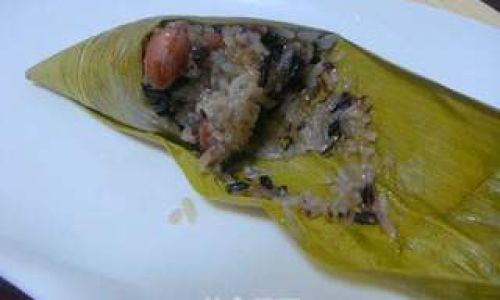
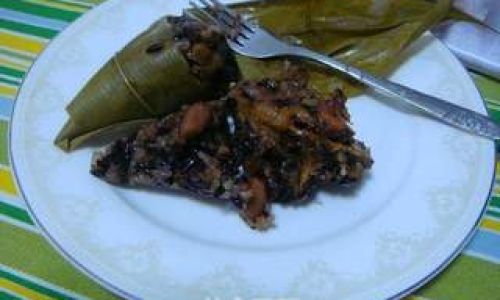

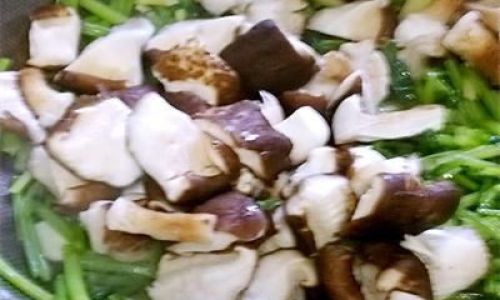
0 comments